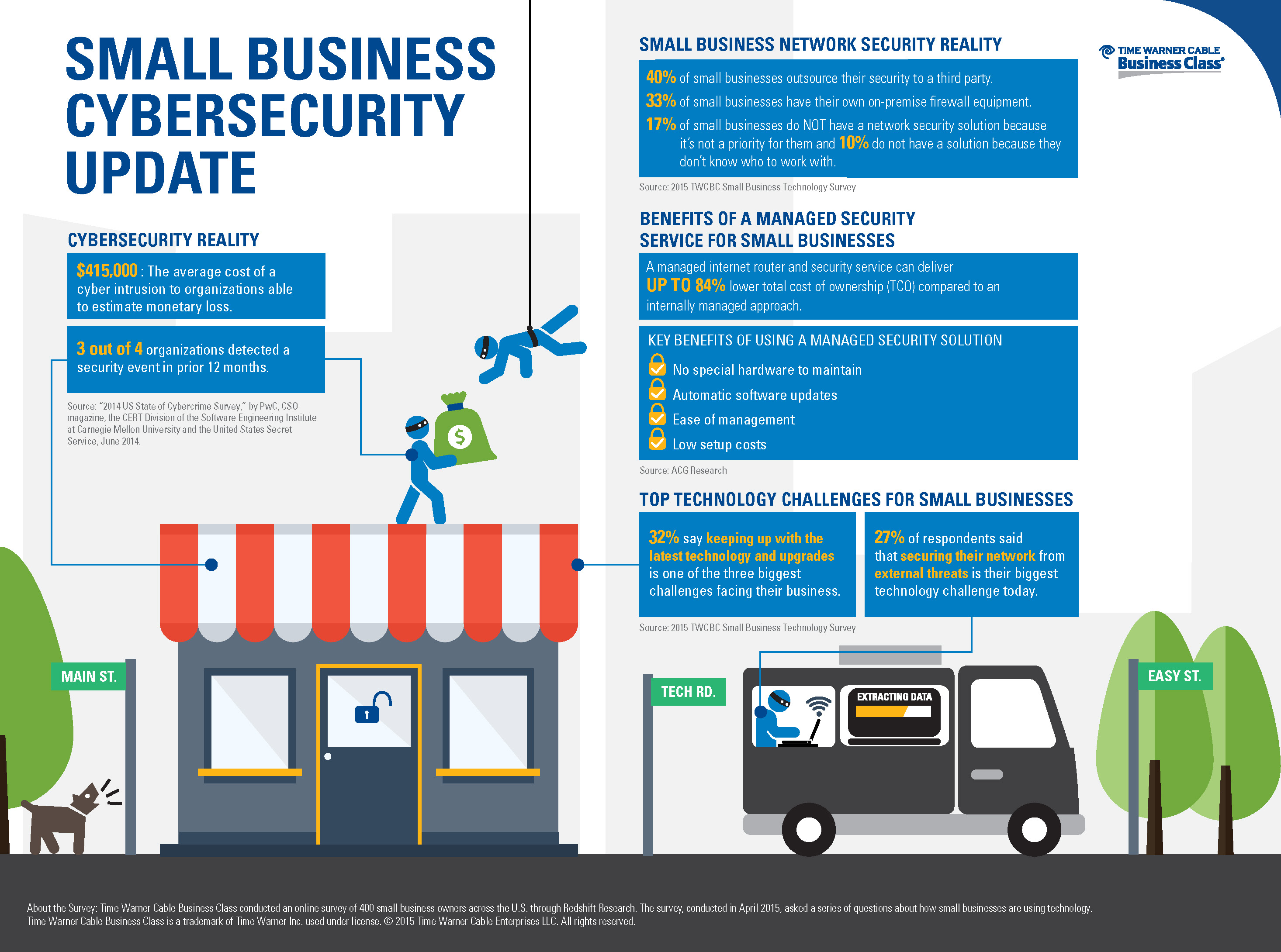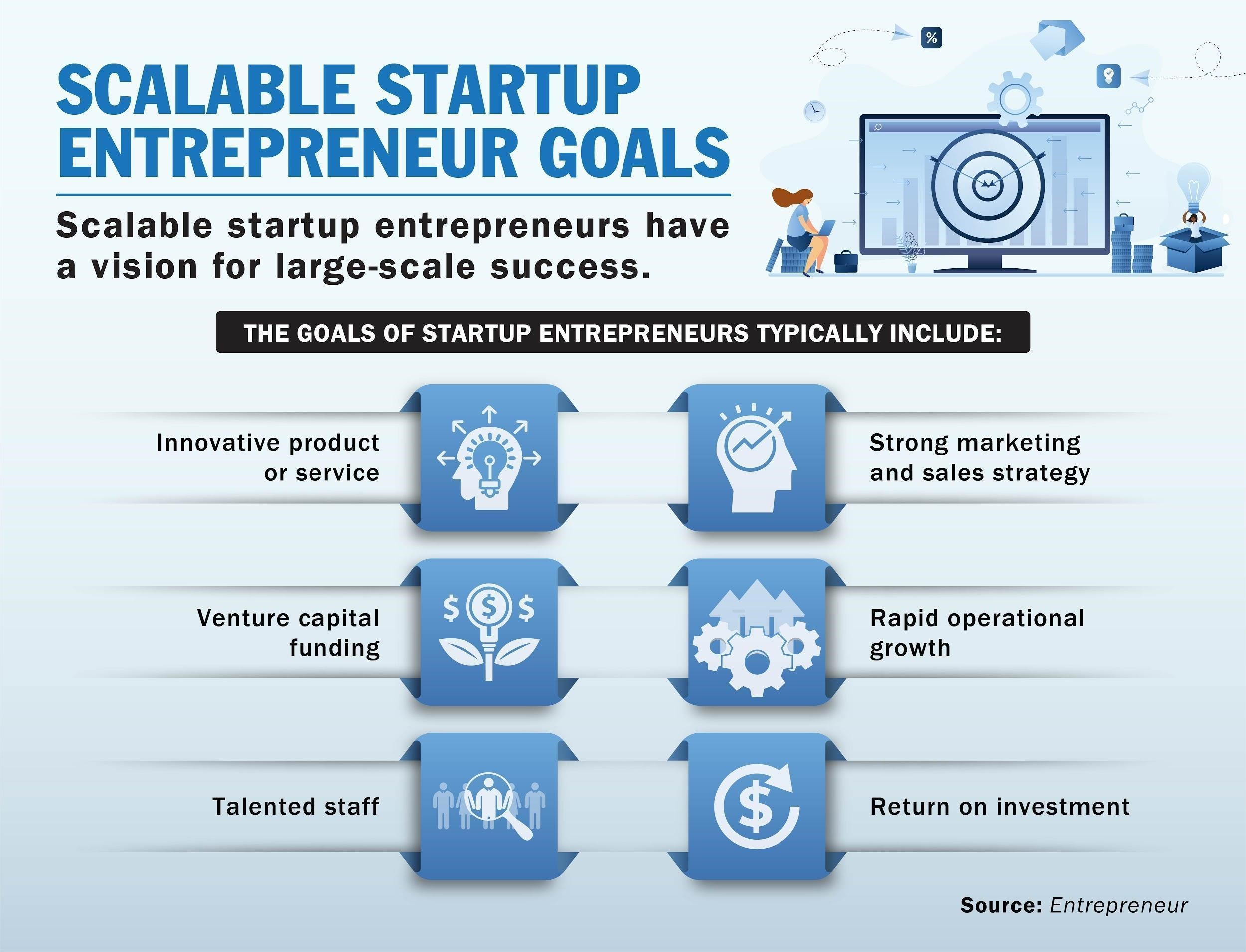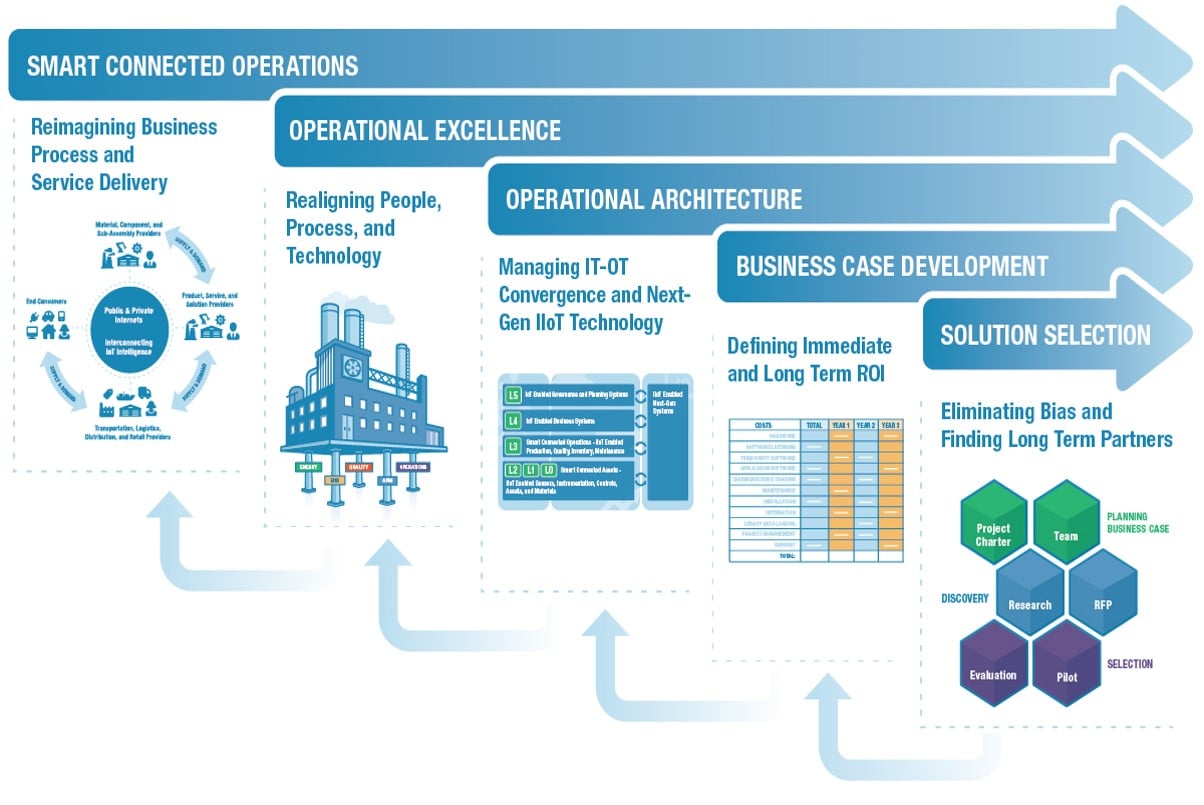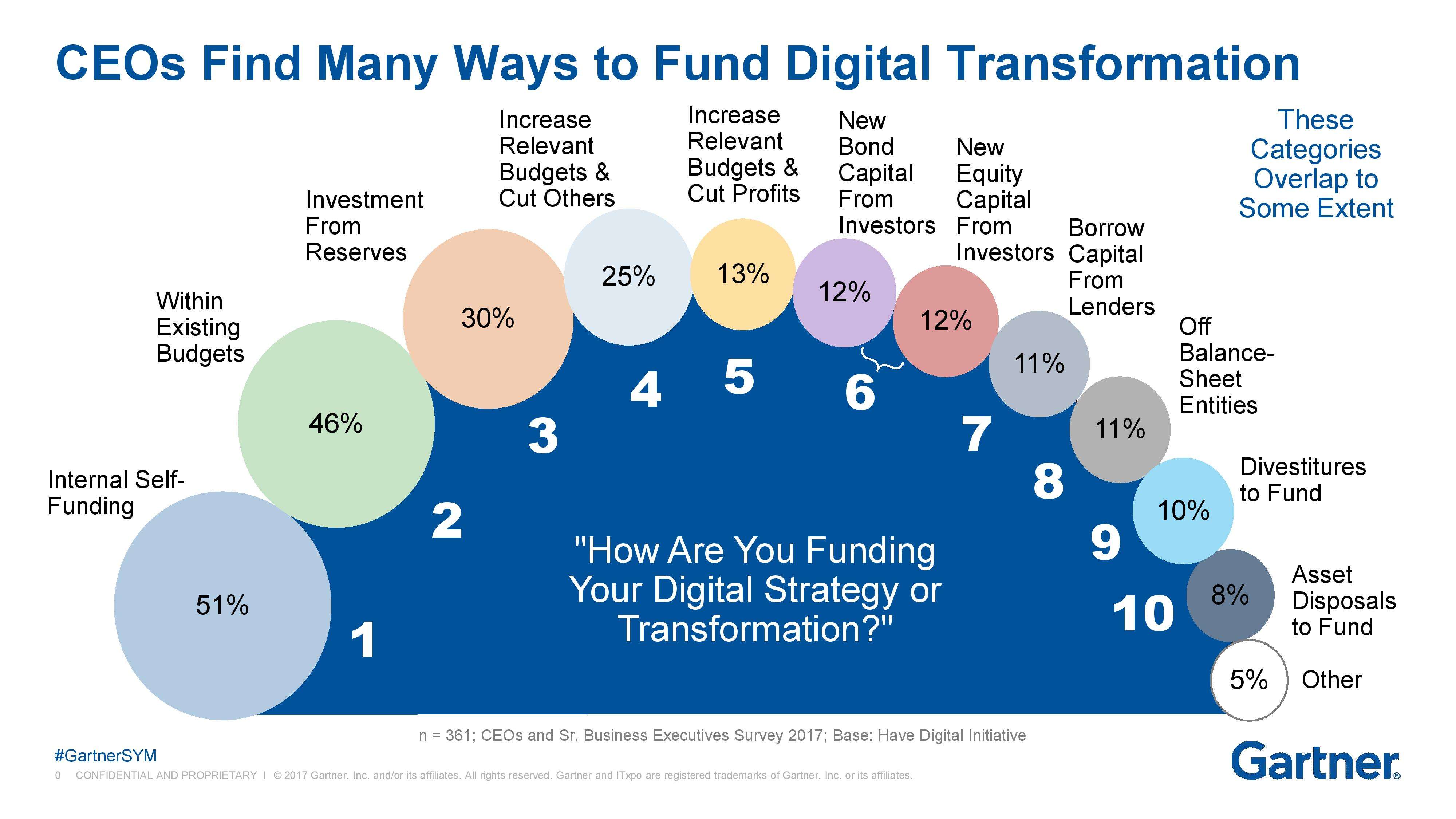technology for small business owners has brought a lot of changes in the organizations. If you truly want to increase your company’s profitability and enhance operations, you must abandon the following restrictive technological beliefs. There are scopes in using technology for small business owners. Technology use in business is growing. In this article, we will discuss the technology for small business owners.
Technological changes in business are bringing more opportunities. We’ll be OK if I get the newest production software. We don’t do that here since we’re unique; we don’t have any competitors who utilize technology to help them make money. People will take it from the computer since the strategy is in my brain. All I need now are more sales to generate more money.
You must first develop the correct attitude by removing limiting beliefs, after which you will be able to enhance people, processes, and profitability. Research the latest tools and technologies needed for the business.
Technology for small business owners
Don’t underestimate that technology is highly needed for a business. Do you ever wonder how a company can start with just one concept, a passion, and a vision and grow to tens of thousands of people and millions of dollars in sales in ten to twenty years?
- What did these businesses do to achieve such a high level of success?
- Are the proprietors more knowledgeable than you?
- Do they put forth more effort than you?
- Did they have more advanced technology or personnel than you?
No. They do, however, utilize more advanced technological tools to help them run their business (the people and the process). Although operations account for around 60% to 80% of total overhead expenditures, they are the least well-understood by US corporations.
The Japanese have spent decades focusing on operations that foster innovation and a culture of continual improvement. Operations and technology may be a competitive weapon in the hands of the proper small business entrepreneur.
Technology use in business is growing. Now consider how your tiny business, with only a few people and limited resources, may leverage operational and technology applications to outperform the competition and learn to grow and survive!
Importance of technology in a small business
What is the importance of technology in a small business? New technology in business is a blessing. Technology has altered every facet of how a business runs, and it has never happened so quickly in history. Don’t underestimate that technology is highly needed for a business. Technology for business owners can be booming. Below we will discuss 10 importance of technology in a small business:
1. Business Environments That Are Mobile-First
The mobile-first approach is here to stay. With the correct software, smart devices or tablets may be used to handle every element of your organization remotely. Everything from sales enablement, content marketing, and customer interactions to back-end activities like shipping and billing is at your fingertips. Technology helps business drastically change their momentum.
Mobile, on the other hand, isn’t only for you; it’s also for your customers. More consumers are utilizing mobile devices to purchase, sell, shop, identify local companies, and share their retail experiences with friends, acquaintances, prospects, and Instagram strangers every day, thanks to the advent of Generation Y (Millennials).
This new way of thinking has completely changed the way people market to prospects. Technology has also improved our ability to communicate with one another. Research the latest tools and technologies needed for the business.
The rise of mobile technology has blended almost seamlessly with communication software to create a hyper-real web of real-time information, whether it’s having your coworkers and employees available via text/video chat at any time or being able to send targeted promotional email blasts to prequalified customers while they’re shopping at nearby businesses. It is the era of using technology for business.
2. How We Communicate and Disseminate Information
There is a lot of importance of technology in a small business. Every organization relies heavily on communication and information exchange. Today’s environment provides more options than ever before, and technology makes it easier, faster, and more efficient. There are benefits and drawbacks to using tools like Slack, Zoom, Microsoft Teams, social media platforms, chatbots, and others on a regular basis. The ability to track buyer-seller dialogues and obtain insights based on user activities is provided by sales enablement. Customer information may be easily obtained and used to improve the customer experience with deeper intelligence.
When technology delves into client data to help us produce tailored messaging, communication becomes more successful. Businesses may increase marketing efficiency and reach customers by deploying automated messaging across a range of channels. But we must keep in mind that if we go too far, we risk losing our capacity to create client relationships—and our brands’ personal touch.
3. Artificial Intelligence
Artificial intelligence (AI) is transforming the world in commercial and consumer industries, and it has become a part of everyday life. This application of technology has altered corporate operations in practically every area, and it has become an essential strategy for businesses seeking to preserve a competitive advantage. It is the era of using technology for business.
Machine learning (processing large volumes of data fast and putting it into consumable context for humans) to security, CRM, and even the financial and real estate industries are just a few of the things AI can perform. Technology helps a business drastically change its momentum. AI is used in sales enablement to follow customers and forecast their intent to purchase based on their search trends, what they see and open, and other factors.
Some fear that AI will eventually lead to joblessness, but the general consensus is that new jobs will be needed and new roles will emerge to ease the transition to this new environment. As AI replaces long-standing workflows, for example, individuals will be forced to incorporate them. AI is progressing at a breakneck pace, and while the economic impact is uncertain at this time, it will almost certainly have a substantial influence.
4. Collaboration Boosted
The inability to talk in the break room, stroll down the hall to a coworker’s office, or even convene in a conference room in front of a whiteboard has raised the demand for cooperation dramatically. Changes in the technology business are noteworthy.
Over 60% of work time is spent collaborating, acquiring information, or replying to emails, according to a McKinsey Global Institutes report. With this in mind, corporations have flocked to collaboration technologies such as Google Drive/Docs, Slack, Microsoft SharePoint, OneDrive, Monday.com, and a slew of others. These make it easier to collaborate on team projects, file sharing, project collaboration, tasks, and storage.
These technologies are intended to help offer real-time insight into projects and help us become more efficient, and they are primarily responsible for aligning people and goals. Keep pace with the business technology trends.
5. Enabling Buyers
Buying in today’s world has gotten difficult, with buyers spending more than 60% of their buying journey on their own, with a massive amount of material and several stakeholders and decision-makers spread across various corporate units. Technology is changing business processes. If done effectively, the modern concept of buyer enablement empowers the buyer to become a product champion inside the business. There are scopes in using technology for small business owners.
This necessitates the supplier to collaborate with the customer to define the final business problem that needs to be solved and to provide the most pertinent information at the correct moment. Buyer enablement is achieved when sellers prioritize their buyers’ requirements throughout the purchase process and position themselves as trusted advisor.
6. Productivity Gains in Business Operations
Teams are cooperating together to achieve the common aim of attaining or exceeding growth targets. Business operations adapt and adopt more simplified business processes to bridge organizational gaps through the integration of service, sales, marketing, and IT. Technology for business owners can be booming.
As previously said, digital transformation is essential for enhancing a company’s efficiency. Adding new technology to the stack helps organizations optimize to deliver value to the company and earn revenue by reducing costs through time savings, speed to market, inventory management, and lower manufacturing costs. There is a lot of importance of technology in a small business.
According to Forbes, Companies who invest in this function (Business Operations) may make better use of automation technologies, increasing productivity and inspiring happier, more motivated staff while safeguarding themselves with more adaptivity. Those who aren’t are merely putting themselves at greater risk.”
7. Lowering costs while increasing functionality
When it comes to software solutions for your organization, two factors have combined to create a “buyer’s market.” To begin with, the technology and software required to produce these software solutions have grown more accessible and affordable. Second, the number of tech-savvy and entrepreneurial brains capable of exploiting such eroding obstacles has exploded. There are a lot of small business tools and software.
In the not-too-distant past, a back-end inventory system that took a multi-million-dollar corporation a year to develop now takes a few weeks for a few recent college grads to put together. These services are generally given at low prices and are simple enough to use so firms do not need to recruit specialized workers or sign long-term service contracts to take advantage of them.
8. Remote working is made possible
Keep pace with the business technology trends. Despite the fact that remote work has been slowly growing over the previous 15 years, Covid-19 compelled organizations that were not already pushing a remote work environment to make the move faster than planned.
Companies needed to pivot swiftly to ensure that their employees had access to the proper technology and infrastructure to enable remote log-ins, video conferencing bandwidth, and project management tools so that they could continue to work on projects and provide status updates. There are a lot of small business tools and software.
Instead of managing by the number of hours spent in the office, managers had to focus on employee production. There have been several advantages to this new normal. It’s not only simpler to recruit and retain top personnel, but it also boosts productivity. A fascinating two-year Stanford research found that remote employees saw a weekly productivity bump comparable to a full day’s work!
There’s more: it reduces real estate expenses, reduces carbon emissions, and makes businesses more nimble and scalable.
9. Digital Transformation + Cloud Computing
Change is happening at a faster rate than it has ever been before. Transformation to the digital age “drives fundamental change in how a company functions, maximizes internal resources and provides value to consumers. Cloud computing lays the groundwork for becoming more flexible, collaborative, and customer-centric “.
Cloud computing enables organizations to outsource portions of their operations to third-party computers that can be accessed over the Internet. Technology is changing business processes. This enables flexible data packages as well as quick (on-demand) expansion and movement without the risk of outages, crashes, or data loss. Companies that use the cloud may develop faster, grow more effectively, and even provide new market capabilities faster.
This has given small and medium-sized firms access to resources that would have been too expensive for them previously, and it has leveled the playing field when competing against larger corporations.
10. Reduced downtime
New technology in business is a blessing. The advancement of technology is not without its drawbacks. It appears that there is no longer any downtime for people to recover. Changes in the technology business are significant.
Vacations, once a prized American custom, are now a thing of the past. Email, text messaging, and “work” are constantly accessible via laptops or tablets. Even if your goal is to get away from it all for a bit, you’re more than likely to succumb to the temptation of “checking in” at least once. And once you’ve done that, it’s over.
What are the advantages of investing in technology?
Small business organizations should go with the technology adoption. The bottom line is that if you have restricted cash flow, depleted lines of credit, and slow top-line growth, you have weak operations and have underused the technological solutions that can aid you, whether they are onsite or off-the-shelf.
Start by questioning your personnel as the first step toward speedy profit enhancement. They generally know where the expensive bottlenecks and barriers are.
Employee survey data may be saved using technology, which can help you prepare for profitability according to technology for small business owners.
Questionnaire for Workers (sample)
- Are your passions and objectives being tested?
- Is there a quantifiable standard in place for each department in this organization to boost profitability? Is there documentation of process flows and procedures for how things should be done in each area?
- Is everyone in this firm working toward the same aim of increasing profits? Is there a town hall meeting regarding ‘planned profits’ held by the CEO?
- Do you get compliments on your work on a frequent basis?
- Do you have access to the resources you require to do your work?
- Do you believe you can trust your immediate supervisor/manager as an employee?
- Are the owners/managers honest and upfront with their employees?
- Is your firm willing to give you ongoing training in areas that will help you become a better employee? Has it taught you how to reduce operational costs or raise income in order to boost profitability in your area?
- Are your duties well-defined, well-planned, and well-organized?
Is management willing to overlook bad performance? Worker performance, operational bottlenecks, and customer relations are all examples.
Other ways that business productivity software improves corporate operations and yields better outcomes are as follows:
Create an environment that is both open and communicative.
Managers may more readily explain the corporate strategy and develop quantifiable goals for their staff that complement overall company objectives by preserving appraisal information in a formal database. Employees will be able to view the big picture and better grasp how their personal ambitions fit into the company’s overall aims. This can result in more enthusiastic and engaged personnel, increasing the company’s production.
Motivate your workforce toward tech
Managers can compare existing abilities to those necessary for advancement or other recognition or reward possibilities that reveal themselves when the manager records progress on employee goals throughout the year using information acquired in an online performance review.
You may also need to reassign staff to different areas if you believe their productivity may be improved in another area. If there are roadblocks to improved performance, the organization should look into why this is happening and strive to remove them through better resource allocation or extra training.
Keep track of your company’s productivity and how well your employees are doing on their goals.
Managers may more easily track progress throughout each phase of target fulfillment, provide timely reinforcement or coaching to maintain performance and deadlines on track in daily operations, and use performance metrics for strategic planning using business productivity software solutions.
Electronic Commerce
E-commerce has a wide range of commercial uses, from putting up an online store to managing your supply chain to promoting your goods and services based on technology for small business owners. These technologies are divided into three categories:
Business to Business (B2B)
- Buying materials from a third party
- For acquiring indirect supplies such as office furniture, pens, paper, and basic office equipment, look for catalog-based websites given by suppliers for corporate purchases, similar to business-to-customer websites.
- Taking use of your existing online presence
- Improve your existing e-commerce website for business-to-business transactions. To target your corporate clients, you might add more sophistication to your online store.
Business to Customer (B2C)
Many businesses have been able to offer their products and services online, both at home and abroad, thanks to the Internet’s worldwide reach. Find out technology that helps businesses. A website with various pre-built e-commerce components, such as electronic shopping carts and secure payment gateways, can be used to build up an online store. Technology and business are correlated.
Internet marketing
Internet marketing encompasses anything you do to advertise your company online. Website design and content, for example, search engine optimization, directory submissions, reciprocal linking methods, online advertising, and email marketing are all examples of Internet marketing strategies.
How to Increase Profits by Using Technology
IT installation may be a helpful tool for enhancing workplace efficiency, but it can also function to lower productivity, profitability, and employee happiness if the correct technologies aren’t chosen carefully for your sector and employees aren’t properly trained. The return on investment will be determined by whether the technologies introduced are appropriate for the demands of the organization and how well personnel is prepared to use them.
Step 1
Make a list of business process improvements you might be able to achieve with the help of technology. Your list should be divided into three categories: improvements that you know are possible and are core requirements for your expense; a wish list of things you’d like to have but will likely require future development efforts; and a list of things that would transform the way you do business but are unlikely to be possible.
These three goals provide you with a current implementation goal as well as a long-term development goal—and it’s possible that your transformative goals will be considerably easier to achieve than you think.
Step 2
Decide whether you want to create these technologies in-house or with the help of outside consultants. Technology helps a business to grow quickly. Almost every significant workflow technology involves substantial customization, setup, and training. Small firms may sometimes save money by hiring technologically savvy employees, but mistakes made early in the process can drive up expenses later when you hire expert outside help.
Step 3
If you don’t have the technical skills to fully evaluate a technology, don’t specify it. The objective of the management process at this stage is to identify goals and financial restrictions; non-technical managers who become overly attached to certain technologies too soon may lose out on significant cost savings and pick the wrong technology for the job.
Step 4
If you’re keeping the work in-house, circulate your request for bids among outside consultants and implementors, or create an internal framework for doing so among your team. Major technological initiatives will fail if they are added to an employee’s existing workload on the basis of technology for small business owners.
Technological changes in business are bringing more opportunities. In and of itself, proper technology implementation may be a full-time job. Staff employees who have been reassigned to technology implementation should have their previous responsibilities transferred to other members of the team.
Step 5
With your external or internal staff resources, agree on a time period, budget, and implementation benchmarks. Technology in business is a favor. If you’re dealing with an outside consultant, be sure your contract protects you against going over budget and behind time. Similarly, the consultant will protect his own company by defining particular parameters for the job to be done and charging you more if you modify them throughout the contract.
Step 6
Create an implementation schedule that includes the following steps: test deployment to assess the work; training, if needed; a transition period from the present workflow to the new technology; and production deployment of the finished technology. Technology and business are correlated.
This is usually followed by an iterative process in which suggestions for enhancements to the technology are gathered from those who have firsthand experience with it. Technology helps a business to grow quickly. Apply a fresh cycle of updates to your technology as money and time permits to guarantee that you are getting the most out of it.
Take away
Regardless matter whether you are a Luddite or a technophile, technology will continue to grow at a breakneck pace. Technology in business is a favour. Find out technology that helps businesses. Businesses that fail to adapt will increasingly be left behind, while those that learn to stay up will reap the benefits of technology for small business owners.
You don’t have to recreate your company from the bottom up—you already have some merit that has led to your current success based on technology for small business owners. You must be aware of how technology influences your business (for better or worse) and how to use technological improvements to your advantage.
More Interesting Articles
- How Does Satellite TV Work – How Does Dish Network Work?
- How Does Wifi Work? Signal | Work | At Home | Diagram
- How Do Wireless Headphones Work?
- How Does Bluetooth Work? Diagram | Physics | Technology
- Steps of How Does Radio Frequency Spectrum Work?
- How Does a Radio Work? Steps on How Do Radio Waves Work
- Radio Invention – History Past to Present with Timeline
- 40 Great African Inventions of All Times for the Entire World
- 12 Filipino Inventions of All Times – Inventions of the Philippines
- 25 Persian Inventions – Great Iranian Inventions of All Times
- 25 Great Indonesian Inventions that Shook the World
- Television Invention – History Past to Present with Timeline
- Airplane Invention History – Past to Present – Timeline
- The Hippocratic Oath First Do No Harm – Translation Old Modern
- 16 Examples of Disruptive Innovation – What are the Factors?
- 100 Best Inventions in the World Really Valuable
- 24 Nikola Tesla Inventions, Work, Contributions
- 33 Remarkable Inventions Took Place in the 50s
- 18 Great Aztec Achievements and Inventions










